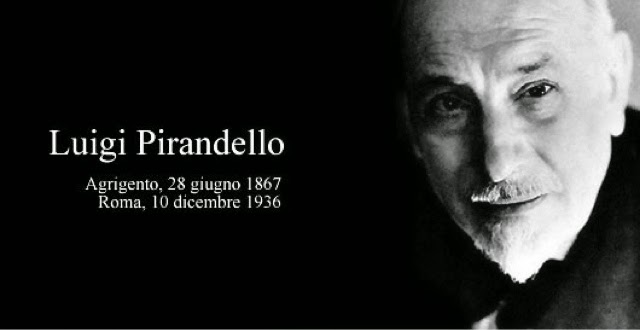Saturday, February 28, 2015
Friday, February 27, 2015
Luigi Pirandello - Two Short Stories by a Nobel Laureate
Wednesday, February 25, 2015
"A Convict's Twilight" by Arturo Rotor, M.D. (1932?)
Tuesday, February 24, 2015
The House of Mirth by Edith Wharton. (1905)
A Passion for Paris: Romanticism and Romance in the City of Light by David Downie forthcoming April, 2015)
Sunday, February 22, 2015
Honorine by Honore de Balzac (1843, trans. By Clara Bell -A Novella - A Component of The Comedie Humaine)
- Michael Wood, The Magician's Doubts
Saturday, February 21, 2015
"The Deserted Woman" by Honore de Balzac (1832, Short Story, A Component of The Comedie Humaine
Friday, February 20, 2015
"La Grenadiere" by Honore de Balzac (1832, a short story component of The Human Comedy)
Thursday, February 19, 2015
"The Message" by Honore de Balzac (1832). Eric Auerbach on What is Wrong in Balzac from Mimesis)
Tuesday, February 17, 2015
"The Signal" by Vsevolod Garshin (1883). A Late Czarist Short Story Writer
My Life in Middlemarch by Rebecca Mead (2014)
Monday, February 16, 2015
"What do you see, Madam" by Djuna Barnes, author of Nightwood (1917)
"Her world held rows and rows of dusty caned chairs, and over these, like migrating robins, the pink anatomy of the chorus -- hips thrown out against the painted drop, listless eyes that saw only supper, a new step, and once in a while, some other things. Mamie Saloam could go where she willed. She could stoop or look up because Mamie breathed true ambition and heroic drudgery.
When she passed the boundaries of decency, it was a full run for your money; when she went up in smoke, those original little pasty pans of Egypt became chimney pots. If Helen of Troy could have been seen eating peppermints out of a paper bag, it is highly probable that her admirers would have been an entirely different class." From "What Do You See, Madam?"
Djuna Barnes was born on the 12th of June 1892 in Cornwall-on-Hudson, New York. She began her career as a reporter and illustrator for magazines, under pseudonyms such as Lydia Steptoe, and Gunga Duhl, the Pen Performer. In the 1920s she lived in Paris with her lover, the sculptor and silverpoint artist, Thelma Wood. She was a member of the influential coterie of mostly lesbian women that included Natalie Barney and Janet Flanner. Although she wrote many plays, short stories, and poems, she is best known for her novel Nightwood, written in 1936. She died in 1982. from Lodestar Quarterly Mel u |

































